
Lasswells model Applied to my product.



Who – Audi
Says what – You should buy an electric car that isn’t even available yet to look cool and help protect the environment
Channel – Poster
To Whom – Male customers aged 25+
With what effect – To sell more products
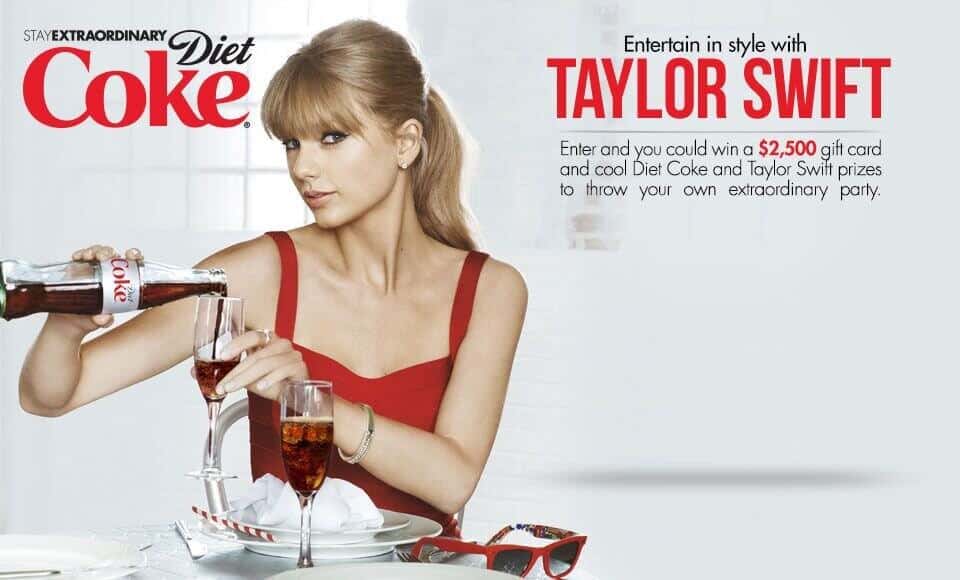
Who – Coca Cola
Says what – To be cool and trendy, and to have a chance to win a gift card worth $2,500, you should drink diet coke like Taylor Swift
Channel – Poster
To whom – Possibly anyone able to read
With what effect – To sell more products
MY PRODUCT

Who – Molton Brown London
Says What – If you want to feel and smell clean, use this body wash
Channel – Poster
To Whom – Boys/Men aged 10+
With What Effect – To sell more products
As my product is unisex, it wouldn’t really matter who I chose to promote it. Although, having someone who has an established reputation with a large audience, such as Chris Hemsworth would be my personal choice.
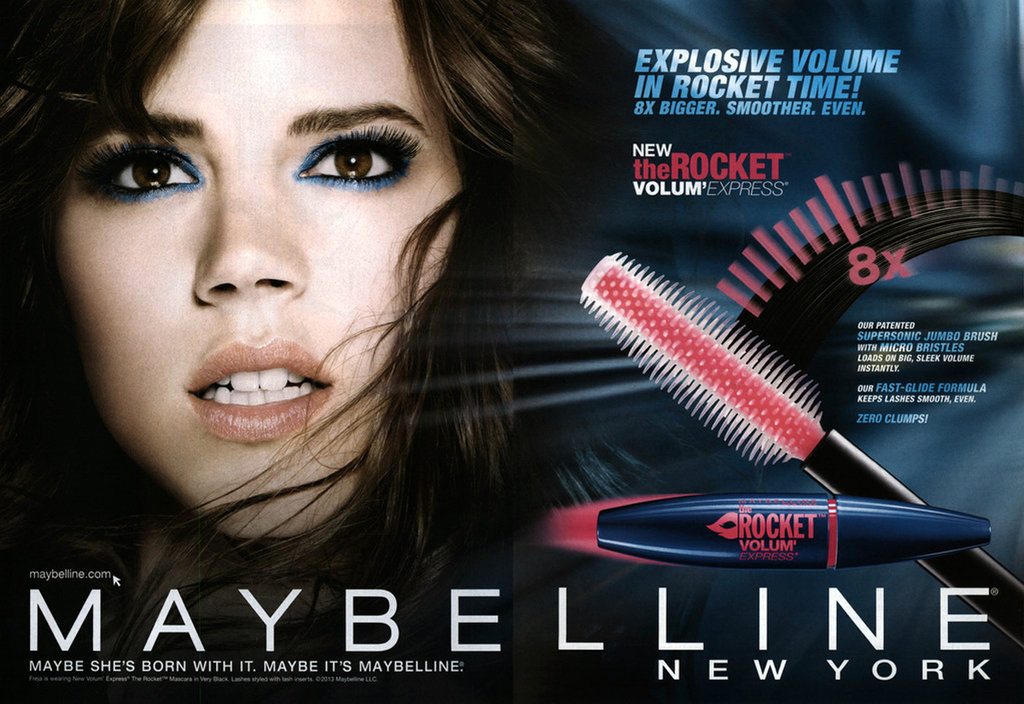
Who(sender)= Maybelline
Says what= If you want bigger and smoother eyelashes get the maybelline mascara
Channel(medium)= New York Times
To whom(receiver)= Mostly targeted at woman of any age but could also be used by men
With What Effect?
-The Hypodermic model: Telling someone to do something and they listen through media.
-Passive Consumption: The idea of people being drip fed an idea or belief to slowly change someone’s view on a subject over time through media.
-Simple linear process: Harold Laswell’s idea of the linear model of communication.
->WHO > SAYS WHAT > THROUGH WHAT CHANNEL > TO WHOM > TO WHAT EFFECT.
–Two-Step Flow: – The two-step flow of communication model says that most people form their opinions under the influence of opinion leaders, who in turn are influenced by the mass media.
–Active consumption: The idea that people engage with the media, causing them to purchase the product
Two Step Flow of Communication (active consumption)
At the same time Paul Lazarfeld recognised that a simple, linear model may not be sufficiently complex to understanding the relationship between message sent > message received. As such, in 1948 he developed the Two Step Flow model of communication, which took account of the way in which mediated messages are not directly injected into the audience, but while also subject to noise, error, feedback etc, they are also filtered through opinion leaders, those who interpret media messages first and then relay them back to a bigger audience.
As Martin Moore suggests, ‘people’s political views are not, as contemporaries thought, much changed by what they read or heard in the media. Voters were far more influenced by their friends, their families and their colleagues’ (2019:124).
Think for example, of the role of the journalist or broadcaster whose job it is to inform the public. Think further about the role of key individuals in society, teachers, doctors, trade union leaders, your boss at work, parents, friends and family all of whom are capable of exerting an influence on the process of communication, making it subject to bias, interpretation, rejection, amplification, support and change.


Who? – Dyson
Says what? – if you buy the new Dyson hoover it will make your house spotless and do a good job
Channel – This advert was featured on a billboard located in the UK
To whom? – This advert would be targeted at any adult who see the billboard and that are in the need of a new hoover, most likely a parent with enough money.
With what effect? – This advert would make the customer want to purchase the hoover in order to have a clean house or building.
Hypodermic Model – Passive consumption
Harold Lasswell – Propaganda Technique in the World War “subtle poison, which industrious men injected into the veins of a staggering people until the smashing powers… knocked them into submission”. As Martin Moore notes, Lasswell, as a behavioural scientist researching areas connected with political communication and propaganda, believed each government had ‘manipulated the mass media in order to justify its actions’ in World War 1




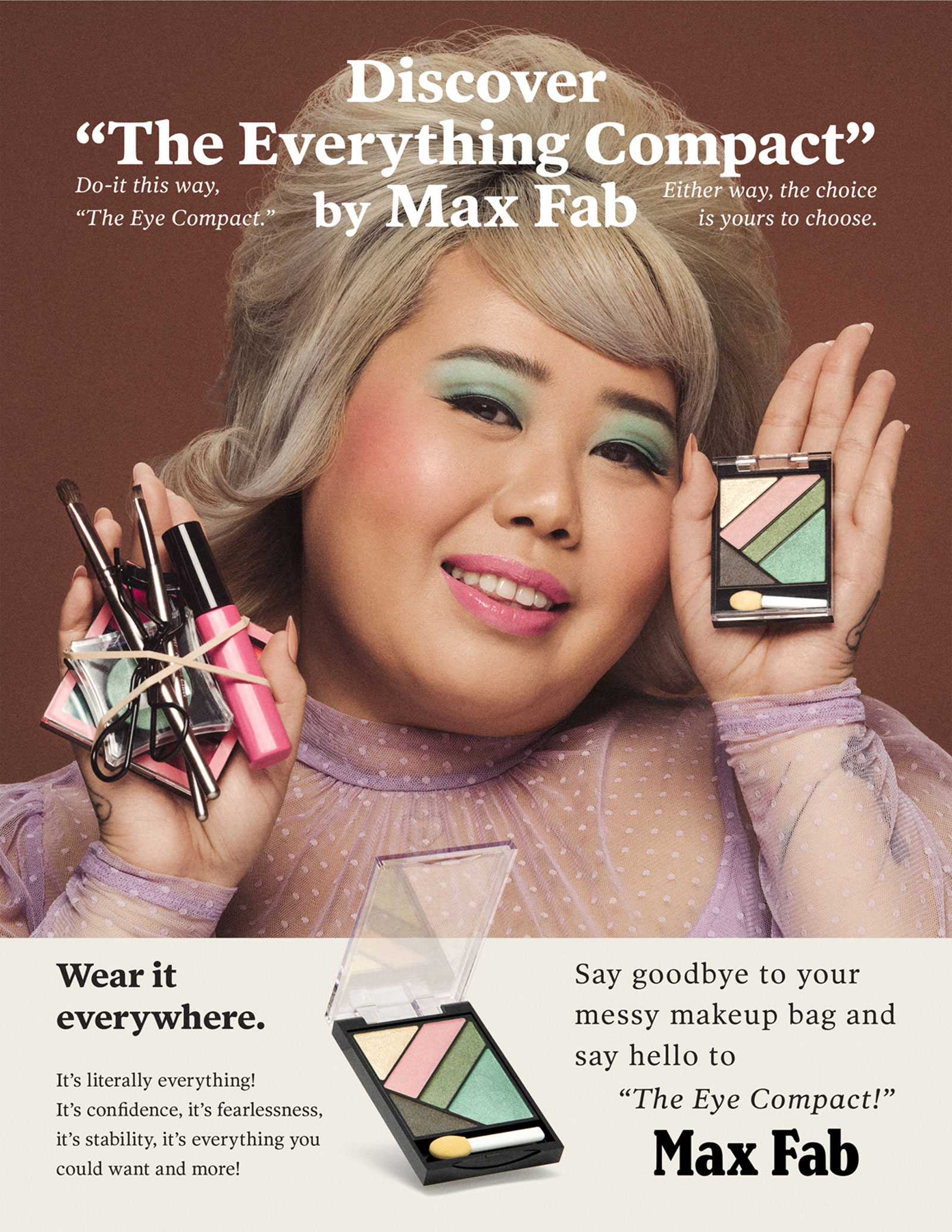




Quantitative – Number relative, eg. amount of something, number of sales etc.
Qualitative – A more consumer focused approach using words for individuals. Would rather know why opposed to how many.
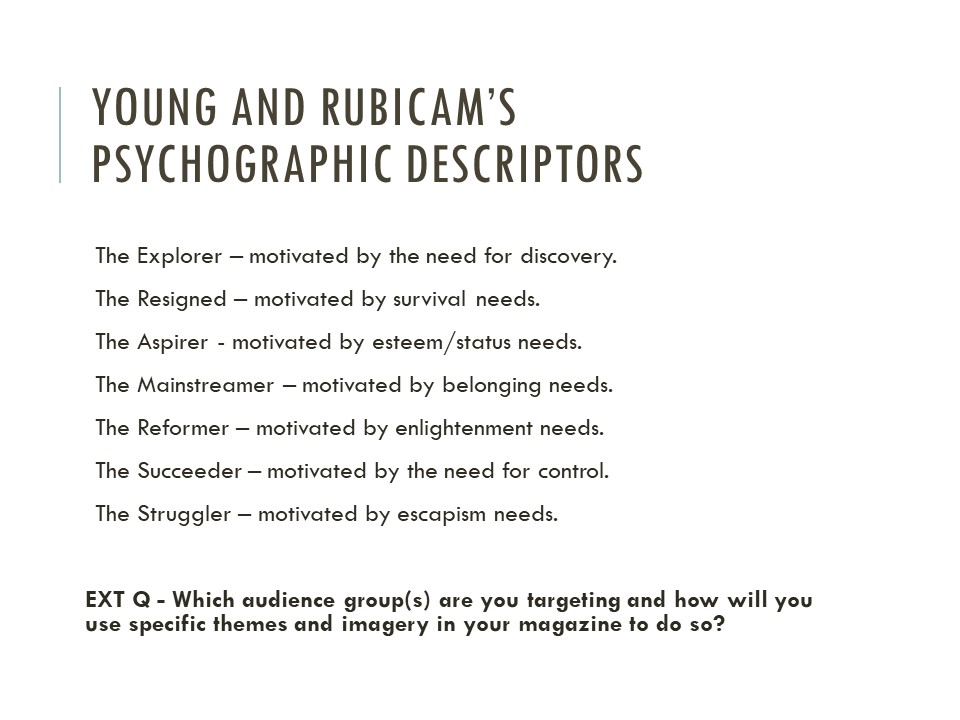

Harold Lasswell played an important role in the development of understanding of how media is consumed. His writings in ‘Propaganda Technique in the World War, “highlighted the brew of ‘subtle poison, which industrious men injected into the veins of a staggering people until the smashing powers . . . knocked them into submission’”. This is asking how did political leaders convince members of the public that going to war was worth dying for.

At a similar time, Paul Lazarfeld developed a model showing the understanding of how message sent isn’t always message received. This is due to the complexity of the simple, linear models.
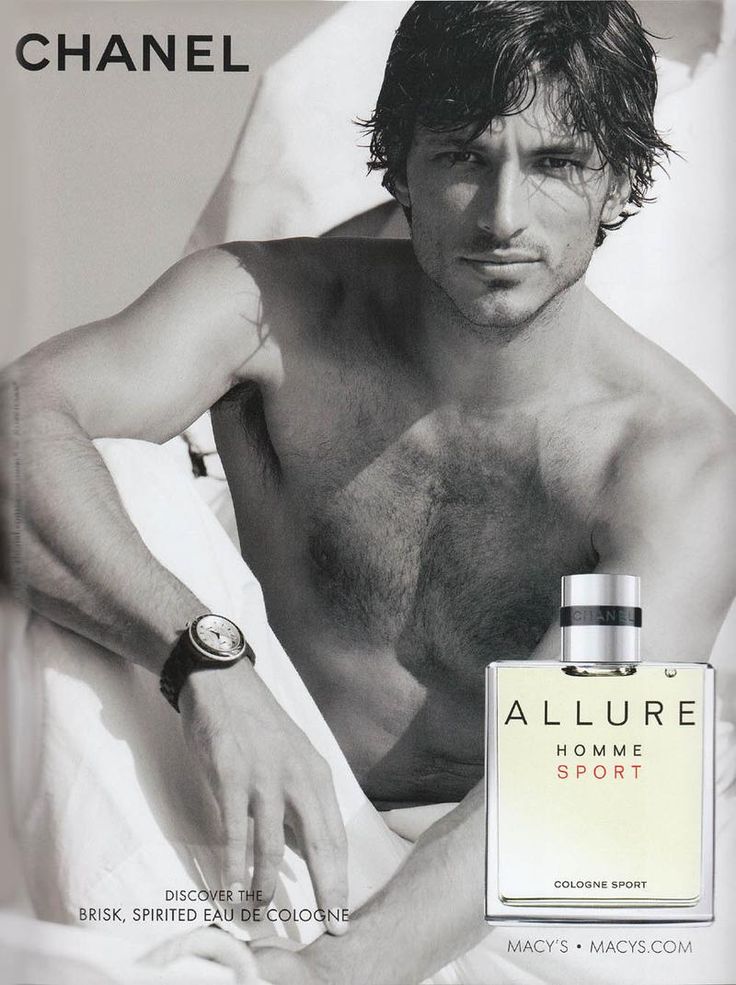

Who (Sender) – Chanel
Says what (Message) – when selling to white straight men the male model is seen as an aspirational figure (“I want to be him”). When selling to straight women and gay men the male model is seen as a potential partner (the model has sex appeal). When selling to non-white straight men, the male model is seen as less of an aspirational figure, because they can’t relate to him as well.
Channel (Medium) – magazine.
To whom (Reciever) – straight, white men + wives & girlfriends
With what effect (Feedback) – Chanel is one of the leading fragrances in the world. Their brand is extremely well known and in the years 2015-2020, they led all fragrance companies in sales.
Hypodermic Model (passive consumption)
Copied from Dr. McKinlay’s work:
– “Early theoretical work on the relationship (or effects) of media consumption are often traced back to Harold Lasswell, who developed the theoretical tool of ‘content analysis’ and in 1927 wrote Propaganda Technique in the World War which highlighted the brew of ‘subtle poison, which industrious men injected into the veins of a staggering people until the smashing powers . . . knocked them into submission’. “
– “As Martin Moore notes, Lasswell, as a behavioural scientist researching areas connected with political communication and propaganda, believed each government had ‘manipulated the mass media in order to justify its actions’ in World War 1.”
– “To illustrate his hypothesis, in 1948 he developed a linear model of communication, one that breaks down the line of communication from point A to point B, in which the SENDER is transferring a MESSAGE, through a MEDIUM (eg Print, radio, TV, etc) that has a direct effect on the RECEIVER.’